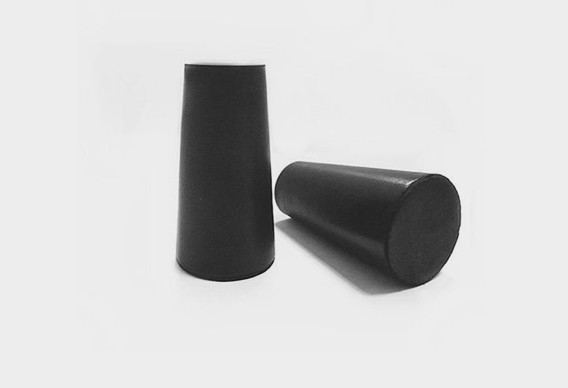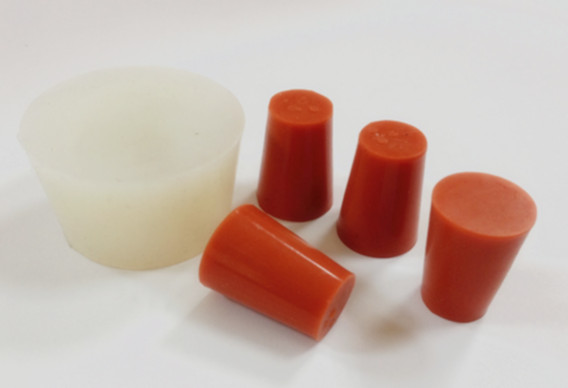Rubber plugs are foils of rubber that are given different shapes depending upon its various uses. Rubber plugs are mostly used for different equipment that needs its joins and edges to be covered. Some of them are designed for covering over the tin or iron wires that are a part of a machinery to intake the wiring and attach different tin foils together. Rubber plugs are found in different types, some of them are mentioned below:



1) Rubber plus plugs
The rubber plus plug is designed with a 360° projection or tug tab, making them useful in the manufacturing processes as well as shipping. Manufacturing processes use these kinds of plugs for manufacturing products by putting rubber plus plugs in their equipment to work smoothly. Mostly rubber plugs hold the small parts of the equipment together to keep them from falling off. These types of plugs are often re-used.
2) Rubber T-plugs
The rubber t-plugs are typically tapered to allow insertion into tubing ends, ports and threads, protecting the product during shipping and storage. They are mostly used when packing different equipment for shipping. Mostly when products that are to be handled with care are shipped in proper packing. While some parts are preferred to be placed in a thermopile packing while some hollow parts of the equipment are better packed using rubber T-plugs.
3) Rubber washer plugs
The rubber washer plug acts much like a rubber t-plug but also mask the area surrounding the hole. Often used in paint, powder coating, and plating. Usually made from high temperature rated rubber, allowing them to be re-used. They are used for the same purpose as rubber T-plugs but the difference lies in their packing way. They cover the edges and sides of the hollowed materials they are covered with.
4) Electrical connector plugs
The electrical connector plug is most often used to protect female threaded electrical connectors from oxygen, moisture and dust. As there are different types of electrical connectors having different shapes and purposes. There are different types of coverings in which they are protected and are safely shipped to places far away.
The female electrical connector has metal legs that need to be protected as they are responsible for passing electricity through. That’s why electrical connectors are placed in rubber plugs which have places to hold them.
5) Custom rubber plugs
Custom rubber plugs are designed to meet application specific requirements such as temperature extremes, harsh chemical interactions, high pressures, or applications requiring material certifications. Mostly when chemicals are packed they are packed in rubber plugs

Get Social